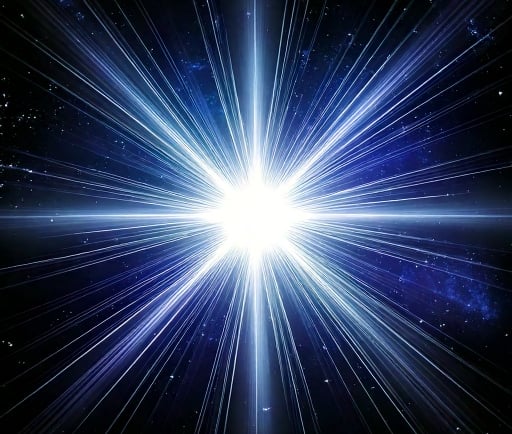ROXS 42BB: A Planetary Mass Companion of the Rho Ophiuchi Cloud Complex


Introduction to ROXS 42BB
In the vast expanse of the cosmos, the discovery of celestial bodies such as ROXS 42BB offers profound insights into the formation and evolution of planetary systems. ROXS 42BB is a directly imaged planetary mass companion to the binary M star system ROXS 42B, located in the heart of the Rho Ophiuchi cloud complex. This intriguing celestial body raises fundamental questions about the nature of planetary formation in a binary system, and its evolutionary path.
The Significance of ROXS 42B and Its Companion
ROXS 42B, a binary M star system, serves as a dynamic environment for studying the properties of planetary mass companions. ROXS 42BB demonstrates characteristics that are emblematic of objects within the rho Ophiuchi cloud complex. This region is notorious for its active star formation and is one of the nearest stellar nurseries to our solar system.
Identifying ROXS 42BB as a likely member of this stellar region allows astronomers to gather critical data regarding the interplay between stellar and planetary formation processes. The presence of such a companion raises numerous questions: How do binary star systems influence planetary formation? What are the conditions in which these companions form? Studying ROXS 42BB facilitates a deeper understanding of these interactions.
Implications for Astrophysics and Future Research
The analysis of ROXS 42BB goes beyond mere curiosity. It opens avenues for future astrophysical research, encouraging scientists to investigate the implications of finding planetary companions in binary systems. The observations of ROXS 42BB could enhance astrophysical models and simulations that explain planet formation in complex environments.
Moreover, exploring such planetary companions helps delineate the diverse range of planetary systems in our galaxy. It prompts a reevaluation of our assumptions concerning the stability of planets in close proximity to their stellar partners and contributes to the ongoing discourse on the habits of potential life-hosting planets.
In upcoming studies, astronomers aim to use advanced telescopic technologies and analytical methods to gather further data on ROXS 42BB. Continued monitoring of this planetary mass companion can provide deeper insights into its atmospheric composition, surface conditions, and potential for habitability.
Conclusion
ROXS 42BB exemplifies the complexity and beauty of our universe. As a directly imaged planetary mass companion of the ROXS 42B binary system, it holds valuable clues for researchers seeking to understand the intricacies of planetary formation in relation to binary star systems. The implications of its discovery extend far beyond mere observation, inviting a wealth of research opportunities that will enrich our comprehension of cosmic evolution in the Rho Ophiuchi cloud complex and beyond.
